| "Descrizione" by CarPas (5242 pt) | 2023-Apr-08 12:51 |
Review Consensus: 10 Rating: 10 Number of users: 1
| Evaluation | N. Experts | Evaluation | N. Experts |
|---|---|---|---|
| 1 | 6 | ||
| 2 | 7 | ||
| 3 | 8 | ||
| 4 | 9 | ||
| 5 | 10 |
E243 (Ethyl lauroyl arginate) is a chemical compound based on amino acids, synthesised through esterification and condensation processes.
It appears as a fine, white powder, soluble in water, ethanol, propylene glycol and glycerol.
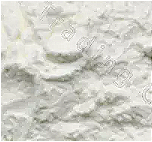
What it is used for and where
Chemical intermediate. Preservative.
Food
It is used as an antimicrobial food additive in the sanitisation of preserved foods, approved in the USA, Mexico, Canada and the European Union in 2014 for heat-treated meat products (except emulsified sausages, smoked sausages and liver paste) at levels up to 160 mg/kg.
Its efficacy against Staphylococcus aureus, Listeria innocua, Escherichia coli, Pseudomonas aeruginosa, Salmonella enterica has been established by numerous studies (1) and so has its activity against moulds, yeasts, gram-positive and gram-negative bacteria whose microbial death occurs within 1 hour of contact (2).
Cosmetics
Used as an antimicrobial preservative. Used as an antimicrobial preservative. It is a restricted ingredient as a III/197 and V/58 Relevant Item in the Annexes of the European Cosmetics Regulation 1223/2009
Safety
Ethyl lauroyl arginate Hcl is believed to be innocuous: it is metabolised in the human body into the ethyl ester arginine and Nα-lauroyl-L-arginine and subsequently arginine, ethanol and lauric acid (EFSA 2007). In both in vitro and in vivo techniques, Ethyl lauroyl arginate Hcl was rapidly metabolised to the natural dietary components lauric acid and arginine (3).
For more information:
Ethyl lauroyl arginate Hcl studies
Typical commercial product characteristics Ethyl lauroyl arginate HCl
| Appearance | White powder |
| Melting point | 60.9-61.4℃ |
| pH | 3.0-5.0 |
| PSA | 120.79000 |
| LogP | 6.05170 |
| N-lauroyl-L-arginine | 3% max |
| Lauric acid | 5% max |
| Ethyl laurate | 3% max |
| L-Arginine HCl | 1% max |
| Ethyl arginine.2HCl | 1% max |
| Arsenic | 3mg/kg max |
| Lead | 1mg/kg max |
| Mercury | 1mg/kg max |
| Cadmium | 1mg/kg max |
| Water content | ≤5.0% |
| Storage | Room temperature |
| Shelf Life | 2 years |
| Safety | 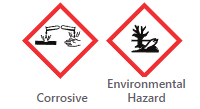 |
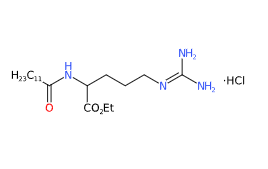 | 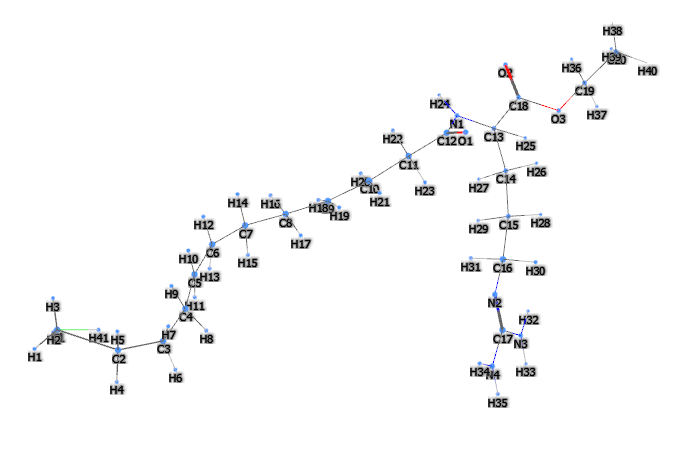 |
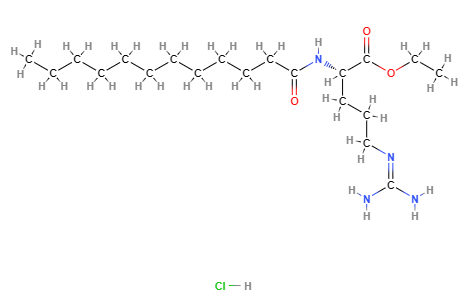 | 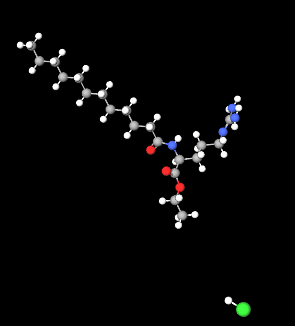 |
- Molecular Formula C20H41ClN4O3 C20H41ClN4O3 · HCl
- Molecular Weight 421.0
- Exact Mass 420.286713
- CAS 60372-77-2
- UNII XPD6ZY79TB
- EC Number 207-949-1 434-630-6
- DSSTox Substance ID DTXSID40209136
- IUPAC ethyl (2S)-5-(diaminomethylideneamino)-2-(dodecanoylamino)pentanoate;hydrochloride
- InChI=1S/C20H40N4O3.ClH/c1-3-5-6-7-8-9-10-11-12-15-18(25)24-17(19(26)27-4-2)14-13-16-23-20(21)22;/h17H,3-16H2,1-2H3,(H,24,25)(H4,21,22,23);1H/t17-;/m0./s1
- InChl Key CUBZMGWLVMQKNE-LMOVPXPDSA-N
- SMILES CCCCCCCCCCCC(=O)NC(CCCN=C(N)N)C(=O)OCC.Cl
- MDL number
- PubChem Substance ID
- NACRES NA.22
- RXCUI 1426162
- RIDADR UN 3077 9 / PGIII
Synonyms
- Cytoguard LA
- Ethyl lauroyl arginate HCl
- ethyl (2S)-5-(diaminomethylideneamino)-2-(dodecanoylamino)pentanoate;hydrochloride
- lauroyl ethyl arginate hydrochloride
- Ethyl Lauroyl Arginate HCl Lauric Arginate
- ethyl N-lauroyl-L-arginate hydrochloride
- Ethyl N-dodecanoyl-L-argininate hydrochloride (1:1)
References_______________________________________________________________________
(1) Becerril, R., Manso, S., Nerin, C., & Gómez-Lus, R. (2013). Antimicrobial activity of Lauroyl Arginate Ethyl (LAE), against selected food-borne bacteria. Food Control, 32(2), 404-408.
Nübling, S., Wohlt, D., Saile, N., Weiss, A., & Schmidt, H. (2017). Antimicrobial effect of lauroyl arginate ethyl on Escherichia coli O157: H7 and Listeria monocytogenes on red oak leaf lettuce. European Food Research and Technology, 243(5), 879-887.
(2) Nerin, C., Becerril, R., Manso, S., & Silva, F. (2016). Ethyl lauroyl arginate (LAE): Antimicrobial activity and applications in food systems. In Antimicrobial food packaging (pp. 305-312). Academic Press.
(3) Hawkins DR, Rocabayera X, Ruckman S, Segret R, Shaw D. Metabolism and pharmacokinetics of ethyl N(alpha)-lauroyl-L-arginate hydrochloride in human volunteers. Food Chem Toxicol. 2009 Nov;47(11):2711-5. doi: 10.1016/j.fct.2009.07.028.
| Evaluate |

